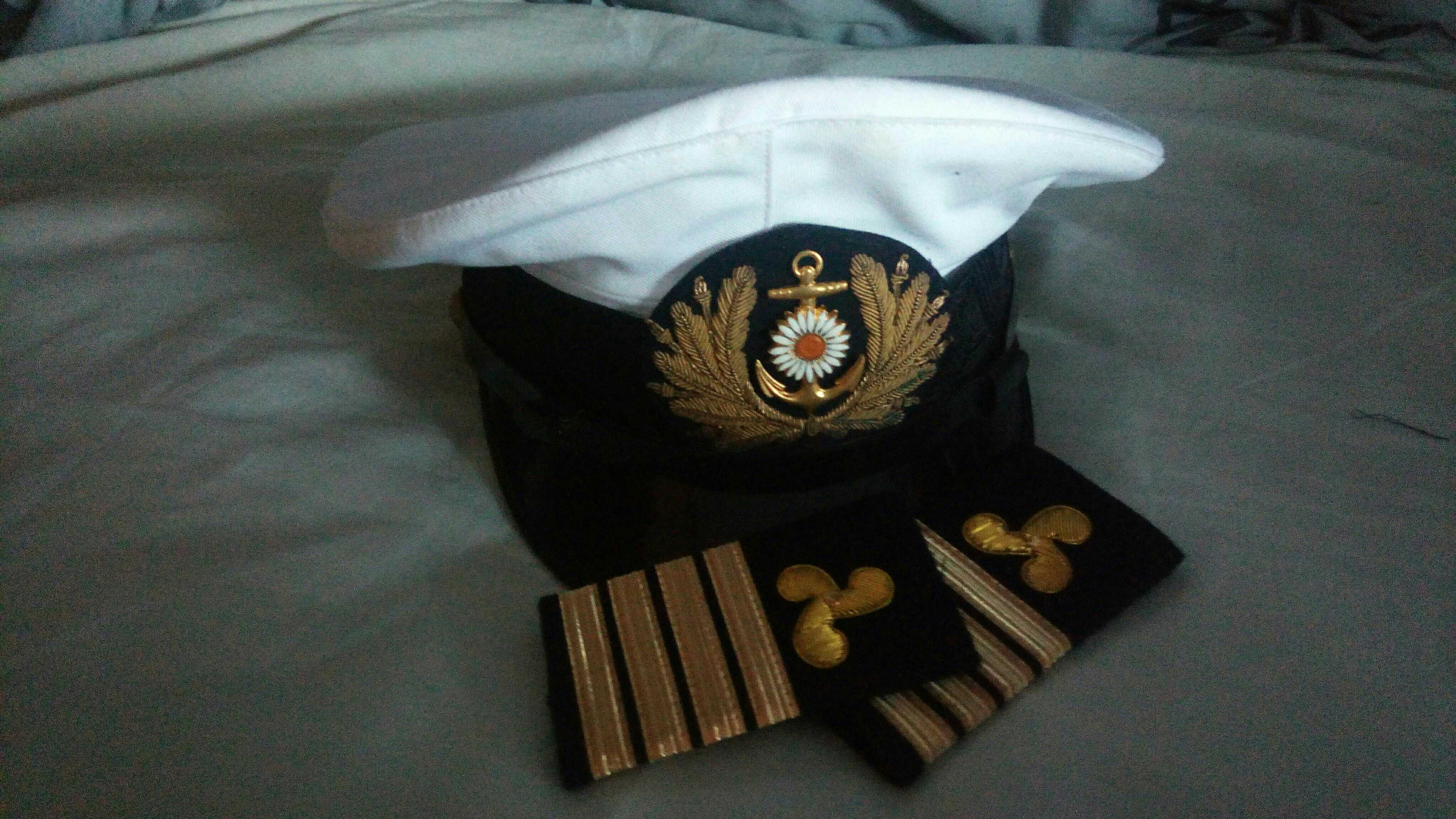Those fuckers thought they'd take our river travel away? Hate to be them now!— cheery carónnae sailor
Carónnae barges are adaptations of traditional trade barges used by the
Arriusi that can not only sail on water, but may also change into vessels also capable of travelling on land.

Name-Bonding by Hanhula (via Midjourney)
Traditionally, the Arriusi exclusively travelled along rivers, with the water doing a large majority of their transport work. It was unnecessary for them to hire livestock and switch to land travel, and those that wanted their goods would travel to their locations to purchase it.
Due to the
damming of the Imbreagat and to changing conditions along their existing trade routes, it has become increasingly difficult for the Arriusi to maintain their traditions. Even in times long past, there were challenges: travelling through a country at war could see them attacked or taken prisoner, and they were at the utter mercy of the weather's fury.
Countless Arriusi have been lost over the years to unpredictable devastation on the river, with little way to escape it. Those who survived these times often did so without their belongings, forced to watch their homes and livelihoods sink - or be destroyed at the hands of newfound enemies.
The carónnae, as they are often abbreviated, are a relatively recent invention from a group of
Arriusi craftspeople known as the
Cravillaret, who largely dwell in the small
Vostene river-town of
Póltinou. They are designed to prevent this historical inevitability by allowing the Arriusi to remove their boats from the water with ease, transitioning to land vehicles where necessary and continuing their journeys with far less risk.
Functionality & Propulsion
A standard river barge is a flat-bottomed boat, usually of wooden construction, that is propelled forth by the combination of the water's current and their vast sails. Carónnae, when converted, lose half of this - the water - and must instead adapt to more usual forms of travel over land. This was the chief engineering concern the Cravillaret had to address to go beyond the prototyping stage, and its initial accomplishment proved vital for the development of carónnae.
Essentially, the barges are modified through a series of folding wheel-like mechanisms underneath. When the barges are setting sail on the water, these mechanisms are kept inside watertight hatches lined with waxed sail-like material to protect them from erosion and water damage, and to prevent the barges from developing leaks.
When a barge needs to convert to land use, it must first be moored against a slope, and these new wheels must be activated.
These new sets of wheels are triangular in shape and around their metallic structure are heavily-textured treads made from specially-coated metal. When one is placed upon a hill and activated, it begins a climbing motion that gradually pulls up the entire barge; once all wheels are on land, these initial wheels are left in place only briefly.

Carónnae Wheel Plans by Hanhula
For most land use, the barges instead use a great number of wood-and-metal wheels designed to handle impacts almost as a wagon might, also stored into hatches in the barge's flat bottom. Once the wooden wheels have been deployed, the heavier-duty set is withdrawn - they are only used again to navigate over particularly challenging obstacles.

Prototype Wagonbarge by Hanhula (via Midjourney)
The wind is still the driving force of propulsion for a barge once its wheels are properly deployed, but it may be assisted through physical effort. Pulley systems above deck allow livestock or mortal crew to provide their own energy to the boat, and a captain's wheel allows directing the wheels along with the sails as usual - or, well, close to usual.
It is a slow, steady process, but it is surprisingly functional, and any with access to horses or similar beasts may easily attach them via leather harnesses to the front of the barge and allow them to pull the carónnae along.
Bumps in the road are dealt with by the shock absorption built into the wheels, though obviously, only small bumps can be tolerated. Carónnae are advised to be used on smooth roads as much as possible to avoid significant issues, much like how barges are advised to stick to rivers that have smoother currents and less narrow sections.













Road boats road boats road boats! I love the detail you've gone into on how they work. The quote at the beginning brings me so much joy. <3
Explore Etrea | March of 31 Tales
ROAD BOAAAAAAAAATS yes the sailors were quite proud of that one x)
welcome to my signature! check out istralar!